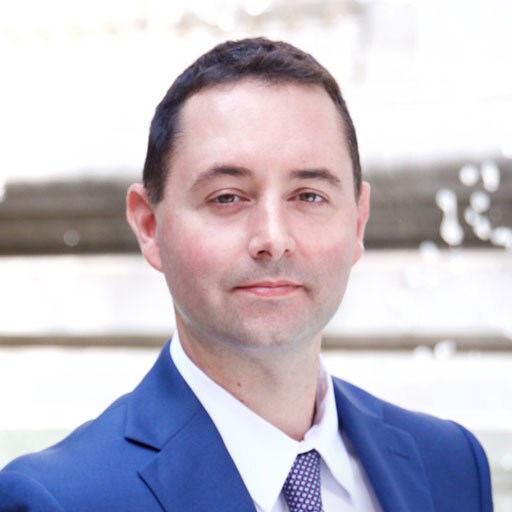Have you ever had to call your health plan?
Maybe you have a question about coverage, or a complaint about an unexpected bill. You’ve tried the chatbot on the payer’s website (which advised you to call customer service), and now you’re on the phone, navigating menus (“please listen carefully, as our menu options have changed”), being transferred, sitting on hold (“your call is important to us…”), hoping you’ll eventually hear the voice of a human being—though that’s no guarantee that your issue will be resolved.
The above scenario isn’t unique to healthcare. But at a time of growing consumerism, it’s the kind of frustrating experience that might prompt patients to explore other options.
Provider-sponsored health plans (PSHPs) may lack the size and resources of the big national plans, but as we’ve noted previously, being smaller has its advantages. In our ongoing conversation about PSHPs, ECG’s Joe Mangrum and Christopher Costa talk about the value of local credibility and explain how PSPHs can offer patients a more personalized experience
What are the biggest competitive advantages that PSHPs have over national insurers, and how can they be effectively used?
Joe: The plan’s proximity to both the provider and the member can be a major advantage. Because the health plan is embedded within the health system, it can coordinate the care more tightly, manage utilization in real time, and then respond quickly to clinical and financial challenges. That’s a level of integration that the national payers can’t replicate.
Chris: A lot of the value that provider-sponsored health plans can drive is in decreasing the expense ratio through the relationship with their partnered health system—specifically, prior authorizations, care coordination issues, and claim denials. A lot of those can significantly drive up expense ratios when it comes to claims adjudication and care coordination. Provider-sponsored plans can find significant margin, and we’re seeing that in the data we’re looking at compared to the national plans.
What does that mean for patients?
Chris: When you are a member of these provider-sponsored plans, you’re more likely to have a better experience because of the care coordination between the provider and the plan. When it comes to knowing the costs up front, getting your claims resolved, and even if you call in with a complaint—provider-sponsored plans are just more likely to know how to guide you through their own system than the larger national plans, which are working with providers they’re not integrated with.
Joe: Provider-sponsored plans can offer more of a white-glove customer service. We hear a lot of complaints about the national insurers; it’s hard to get somebody on the phone. Some of these smaller provider-sponsored health plans have dedicated member advocates and easier claims navigation; more and more have concierge support. They can also differentiate their plans through benefit design. One way we’ve seen this at a few of our clients is they offer lower copays at their own facilities. They promise faster access to specialists, and then there’s also more tailored care management programs for chronic conditions.
Chris: We when we work with clients, it’s something that really does resonate with network providers. Who do you want in your corner—the regional, community-oriented health plan who knows the market and with whom you have personal relationships, or a huge national plan?
How do PSHPs convey those benefits to the community?
Joe: They should lean into their local credibility. Emphasize that the plan is doctor-led and community-based. Members trust their doctors. Positioning the plan as “your doctor’s health plan” can be really powerful. The plans need a simple message—we know you, we care for you, and we make it easier to get the right care. That message should be consistent across advertising, marketing, website content, and provider communications. And when you think about provider communications, physicians can be really great ambassadors. If they’re happy with the plan, and they’re a trusted doctor, their message carries a lot of weight. There’s a huge opportunity there, but you just have to stay consistent with that message. Trying to do too much at one time is dangerous for the plan.



